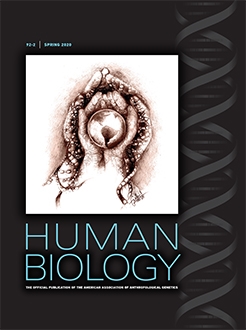Haplogroup Q originated in Eurasia around 30,000 years ago. It is present in Y-chromosomes from Asia and Europe at rather low frequencies. Since America is undoubtedly one of the continents where this haplogroup is highly represented, it has been defined as one of the founding haplogroups. Its M3 clade has been early described as the most frequent, with pan-American representation. However, it was also possible to find several other haplogroup Q clades at low frequencies. Numerous mutations have been described for haplogroup Q, allowing analysis of its variability and assignment of its geographic origin. We have analyzed 442 samples of unrelated men from Argentina and Paraguay belonging to haplogroup Q; here we report specifically on 27 Q (xM3) lineages. We tested 3 single-nucleotide polymorphisms (SNPs) by amplified product-length polymorphism (APLP) analysis, 3 SNPs for restriction fragment length polymorphism (RFLP) analysis, 15 SNPs by Sanger sequencing, and 17 short tandem repeats (STRs). Our approach allowed us to identify five subhaplogroups. Q-M3 and Q-CTS2730/Z780 are undoubtedly autochthonous lineages and represent the most frequent subhaplogroups, with significant representation in self-defined aboriginal populations, and their autochthonous status has been previously described. The aim of present work was to identify the continental origin of the remaining Q lineages. Thus, we analyzed the STR haplotypes for the samples and compared them with haplotypes described by other authors for the rest of the world. Even when haplogroup Q lineages have been extensively studied in America, some of them could have their origin in post-Columbian human migration from Europe and Middle East.
How to translate text using browser tools
19 February 2021
Continental Origin for Q Haplogroup Patrilineages in Argentina and Paraguay
Laura S. Jurado Medina,
Paula B. Paz Sepúlveda,
Virginia Ramallo,
Camila Sala,
Julieta Beltramo,
Marisol Schwab,
Josefina M. B. Motti,
María Rita Santos,
Mariela V. Cuello,
Susana Salceda,
José E. Dipierri,
Emma L. Alfaro Gómez,
Marina Muzzio,
Claudio M. Bravi,
Graciela Bailliet
ACCESS THE FULL ARTICLE

Human Biology
Vol. 92 • No. 2
May 2020
Vol. 92 • No. 2
May 2020
haplogroups
haplotypes
sequencing
South America
Y CHROMOSOME




